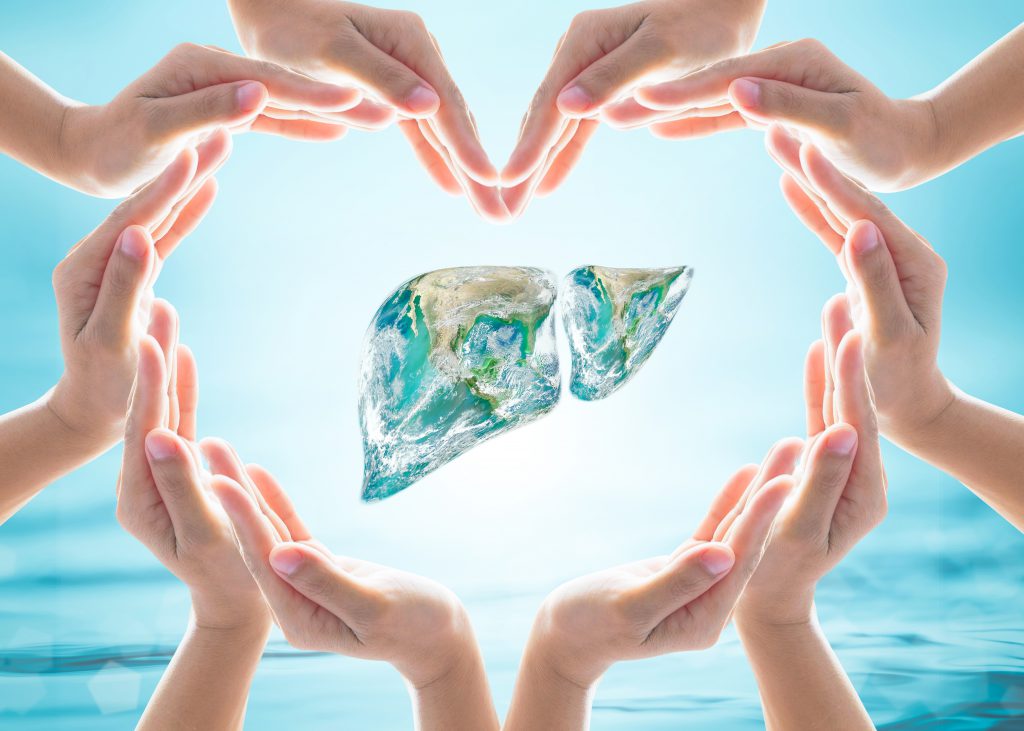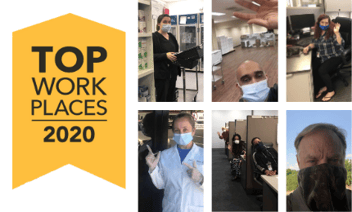As we get our bearings at the start of 2019, it’s worth a moment to look back on 2018 and note the many significant developments in the world of hepatitis C.
With today’s medications offering a real chance at a cure for most hepatitis C cases, it’s disappointing that there are still more than 2 million Americans with this infection. In fact, of the 2.3 million people in the U.S. with hepatitis C infection, the disease burden is clustered in places with more opioid use (specifically, the West and some Appalachian states). Although opioids are a newer factor in hepatitis C infections, other issues remain the same: Baby Boomers continue to represent three-quarters of HCV cases.
Here’s some of the biggest news about hepatitis C that emerged over the past year:
- HCV treatments can be shortened (by as much as half the time!) while still resulting in the same number of cures, according to research presented at the American Association for the Study of Liver Disease.
- Treating HCV earlier creates cost savings in the long run, since treated patients are less likely to develop advanced (and far more costly) liver disease.
- Treating HCV infections, unsurprisingly, leads to a lower risk of liver-related deaths for patients. But this treatment also improves overall health, with non-liver related mortality also improving after successful treatment, according to findings presented at the 52nd International Liver Congress.
- Research with a hepatitis C vaccine advanced to the human testing stage with an experimental vaccine. Results from this study are expected this year.
- Transplant organs are always in short supply. Now that HCV medications can cure this infection, transplant teams have started using hepatitis C-infected organs to address the organ shortage. Studies with transplant patients have shown success.
- The new HCV treatments (e.g., direct-acting antivirals) now in common usage have reduced the need for liver transplants worldwide.
Related Posts
We did it again! BioPlus Earns ‘Top Workplace’ of 2021
The Orlando Sentinel, partnering with the research company Energage, announced this year’s Top...
BioPlus Named Top WorkPlace
BioPlus Specialty Pharmacy earned a coveted spot on the Orlando Sentinel’s 2020 Top Workplaces as...
Making Strides Against Breast Cancer
BioPlus Specialty Pharmacy was thrilled to step up and sponsor the Making Strides Against Breast...
The 2023 ‘National Top Workplace’ Award Goes to: BioPlus
BioPlus Specialty Pharmacy earned another prestigious award: a 2023 Top Workplace award in the...





